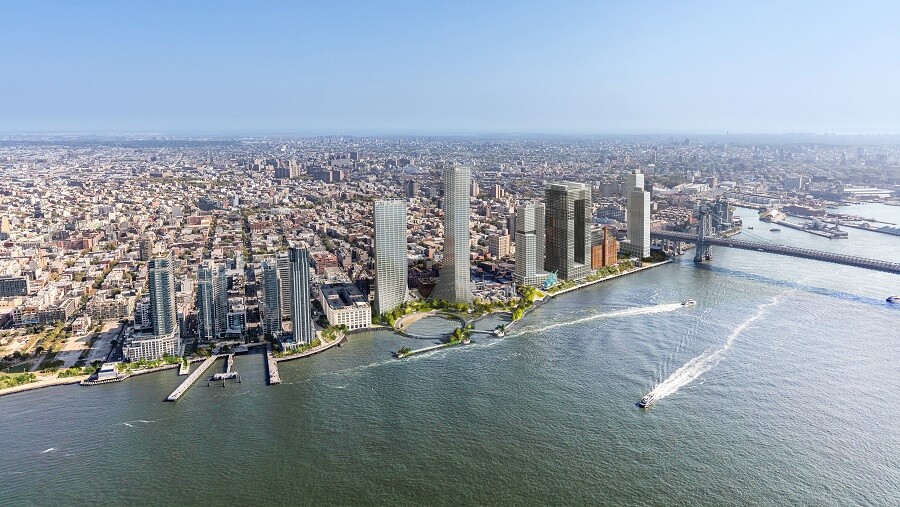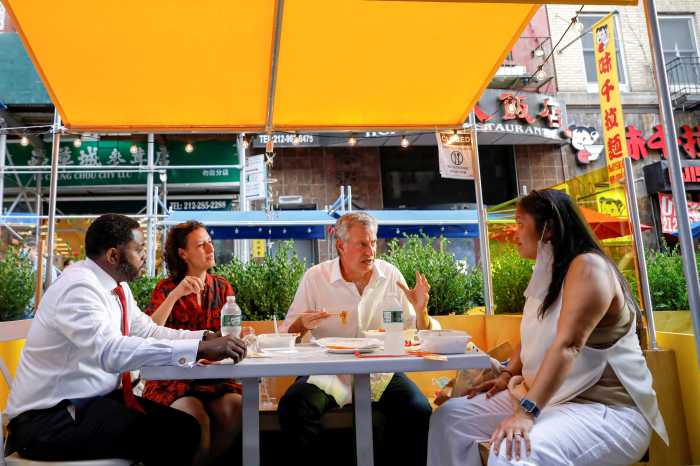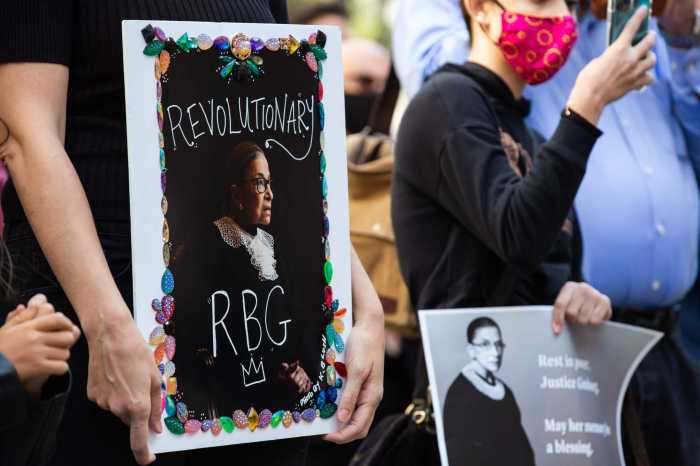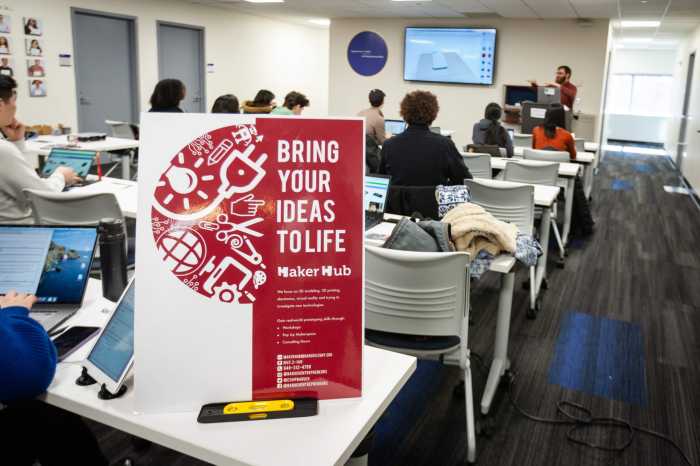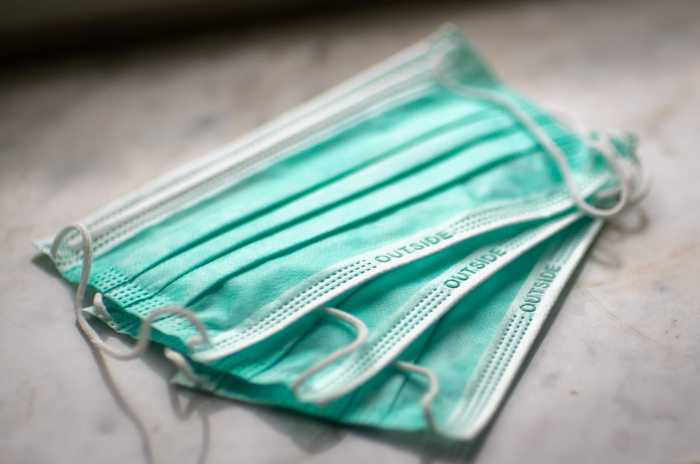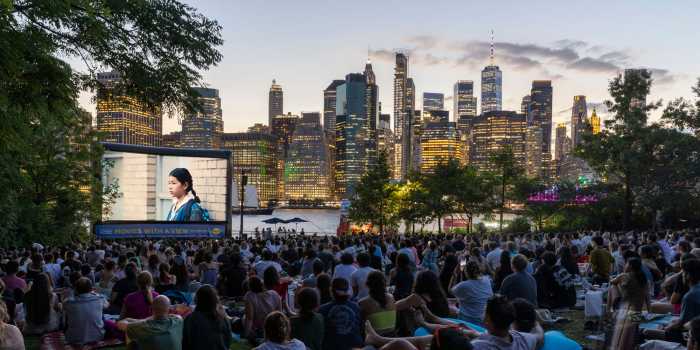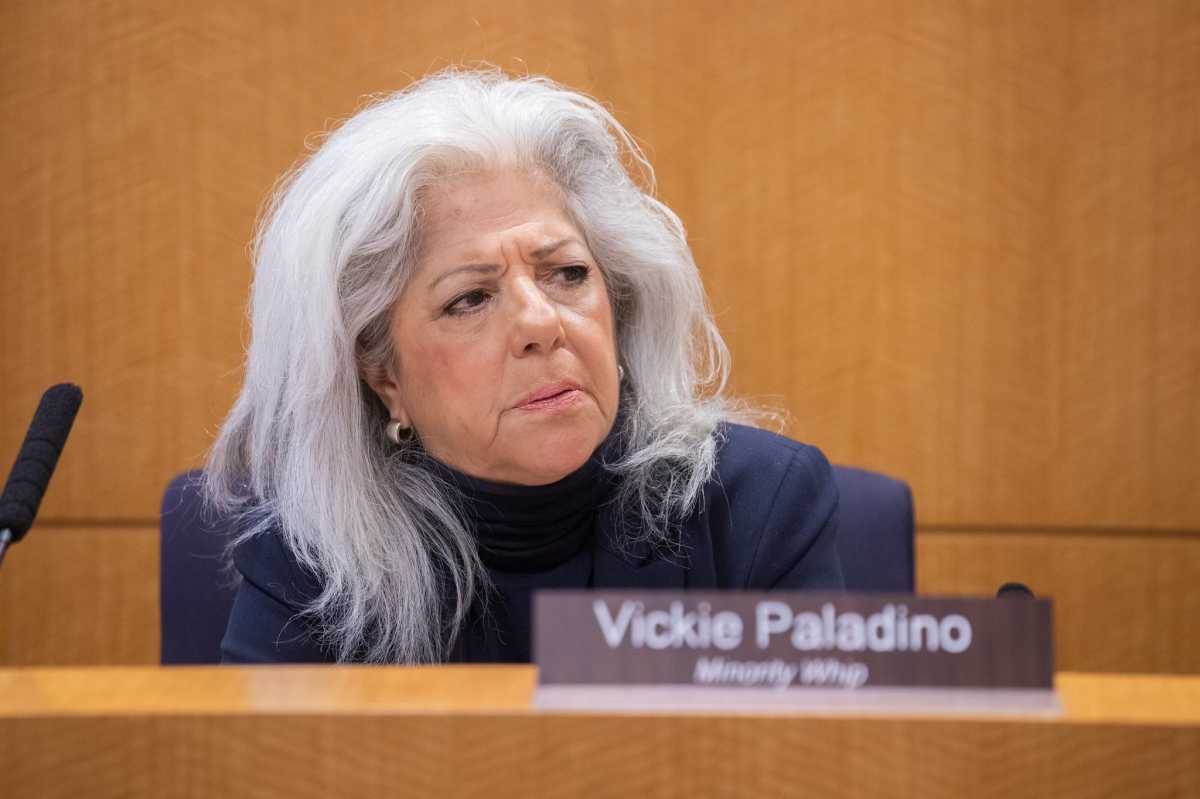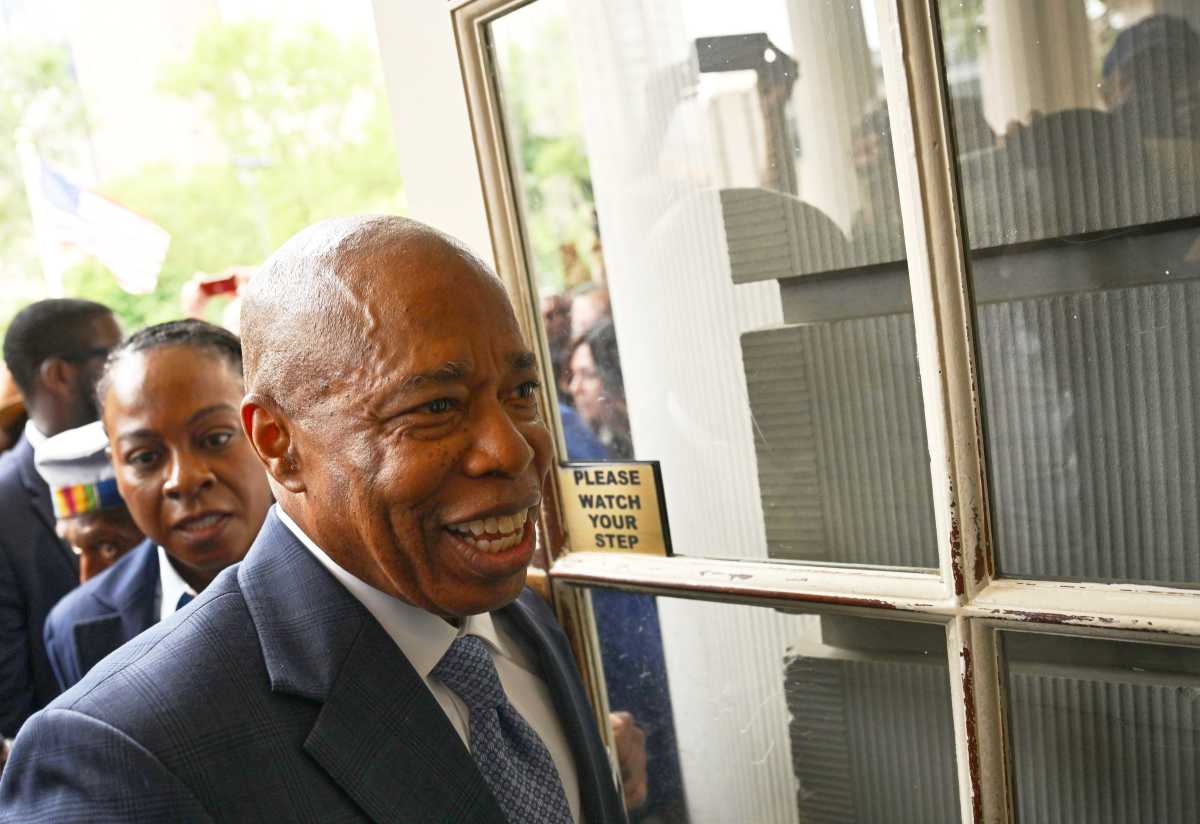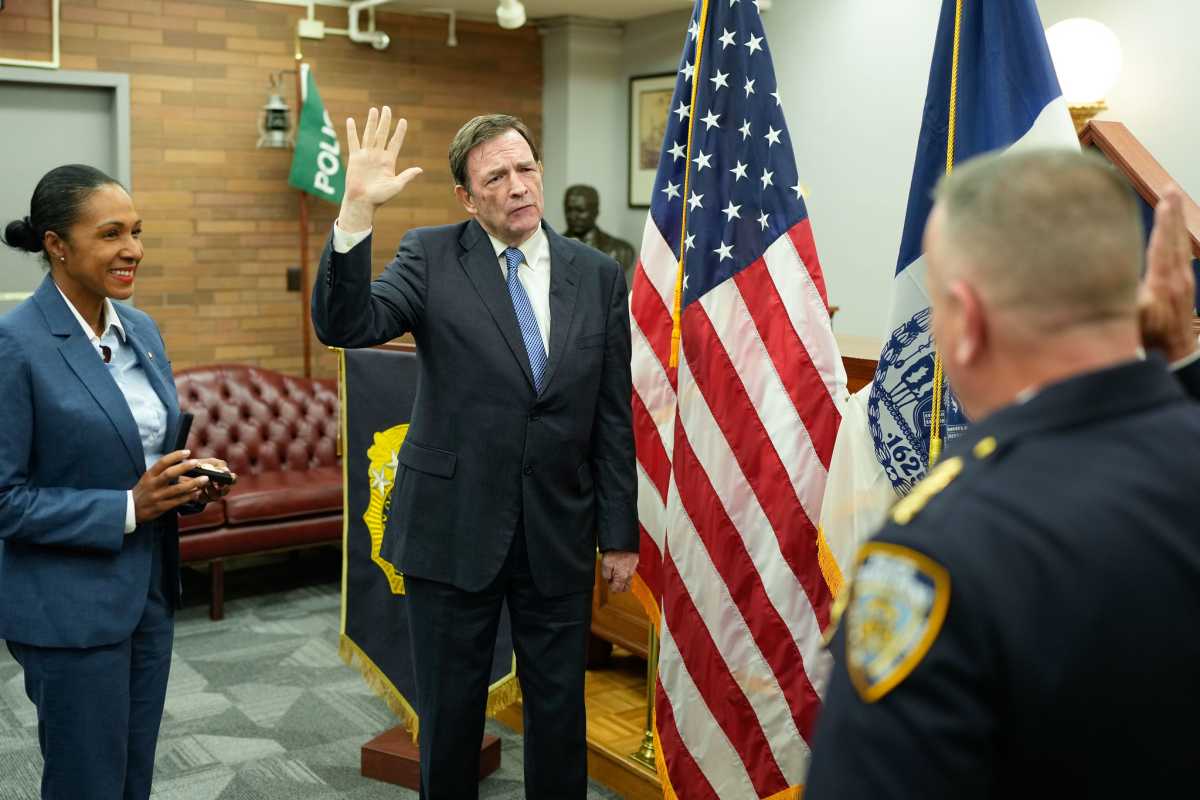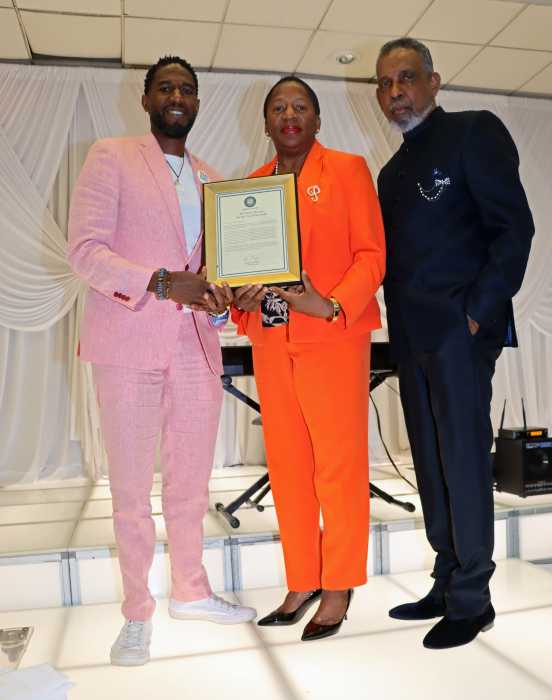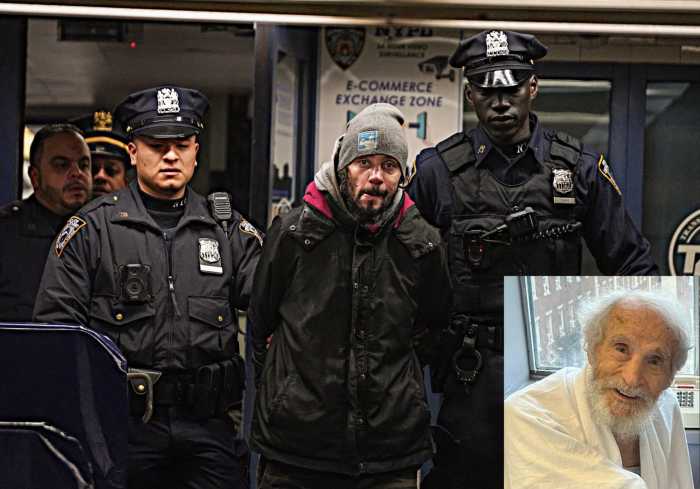Williamsburg means a lot of different things to many. For me, it’s where a generation of working-class people like my mother worked in warehouse and factory jobs. It’s where a diverse community of immigrants rooted themselves and raised and welcomed people of color to raise their children and families.
I came to Williamsburg at the age of six. It is an understatement to say that Williamsburg has gone through a tremendous metamorphosis over the past several decades. The burnt buildings and empty lots have been replaced by shiny tall buildings. The bodegas owned by the predominantly Latino population several years ago have now been converted into delis. Mom and pop restaurants have given way to world-renowned dining hotspots. On the surface, all these changes seem to be a great thing and what many would categorize as progress. and while that may be true, the question that needs to be asked is at whose expense?
Williamsburg’s overall population has exploded over the last few decades, but the long-standing Latino population has experienced a rapid decline. The trendy market-rate housing has lured many affluent individuals to Williamsburg, but not without the adverse impact of pricing low-and moderate-income families out of the neighborhood.
The development of affordable housing has been the only mechanism that has kept long-tenured Williamsburg residents in their neighborhood. Legislation mandating that private developers provide affordable housing in any new development requiring a zoning change has also added to the number of affordable housing units in the neighborhood, assuring more families are able to continue to call Williamsburg home.
Despite years of tremendous gentrification and displacement, there is still a strong presence of Latinos in its Southside. The data indicates that Black and Brown people were more adversely impacted by this COVID 19 pandemic and are in the most need of financial and housing support to get through this horrific time in our history due to the loss of income and employment that came along with it. When we talk about a fairer, more equitable recovery, affordable housing must be a part of that conversation.
Rising rents and a lack of housing continues to threaten our community and push out some of the long-time residents who helped sustain our neighborhood before it became so popular. Three years ago, one in four Williamsburg households spent more than half their income on rent. Renters in Williamsburg were paying a median rent of $2,060 in 2019, compared to $1,050 a little over a decade earlier. We already know COVID-19 hit Black and Brown New Yorkers especially hard last year — not only were we more susceptible to the virus but to the economic perils that came with it. Affordable housing is one of the keys to revive a positive future for many local families.
Two Trees Management, the developers of affordable housing at the site of the old Domino Sugar refinery, now wants to build more at a former Con Edison lot nearby. They’re proposing a project called River Ring, a mixed-use development that would bring some 1,000 new units of housing online, including 263 deeply affordable housing units and half of those units reserved for those already living in the community.
In a city of 8.8 million residents, 263 units of affordable housing might not seem like a lot, but those are 263 opportunities for single parents, families, and seniors who would otherwise be forced to leave Williamsburg, thus continuing to chip away at the thing that makes our community vibrant and diverse — its people.
Unfortunately, many of these New Yorkers whose lives can benefit from long-term affordable housing are often underrepresented, especially through the bureaucratic process that helps decide where affordable housing is built. It’s usually the highly organized, well-resourced few who get an outsized voice that often misrepresents the community’s diverse needs.
Some may argue that all new housing on private property should be 100 percent affordable, or even that no affordable housing should be built unless it is 100 percent affordable. But clearly asking all private owners to only develop low-income affordable housing is not a realistic request. However, it does appear to be a tactic to indirectly stop low- and moderate-income families from having an opportunity of living in the highly desirable waterfront area.
If you live in a penthouse, an amenity-filled apartment building, or own one of the many market-rate housing units in the neighborhood, it is easy to say, “Let’s wait.” But after decades of being squeezed on all sides, the Southside community cannot wait any longer.
These residents deserve to not only be heard but to be given the housing opportunities they’ve been asking for. They deserve long-term housing they can afford, in a safe neighborhood thriving with access to beautiful open spaces and programming. Our longtime neighbors who have given so much are running out of options. Developments like River Ring might be one of the last opportunities for many.
Ramon Peguero is Board Chair of the Nuestros Niños Child Development Center in Williamsburg.


